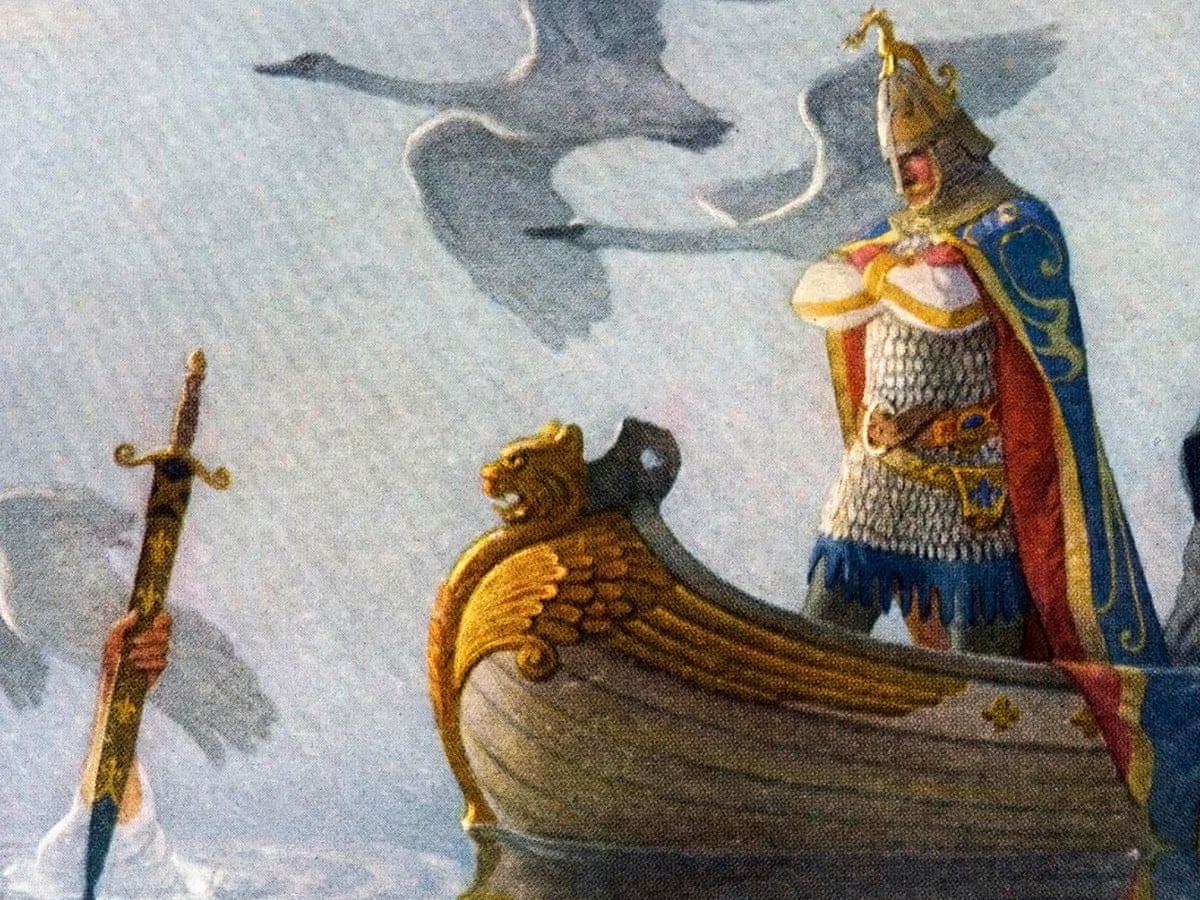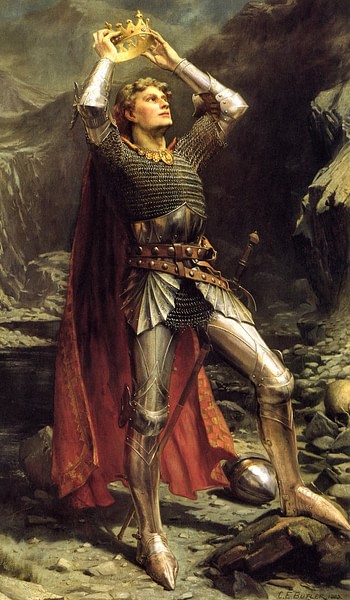From Medievalists:
In this, our final entry, we will seek to shuck these layers of artifice and reinvention as we examine the case for Arthur’s historicity as well as the pertinacious campaign waged by scholars, amateur historians and enthusiasts to discover the real Arthur. As historians, we should never be ashamed or shy about acknowledging the limitations of our medium or sources. In a way, despite our best efforts, it is very hard to discern the degree or way in which medieval audiences conceived of Arthur as a historical personage.
The majority of people within the medieval period had an essentially isochronal understanding of history, viewing the past as being largely identical to their present in terms of material culture, social mores and structure. Medieval writers and artists visualized and portrayed the great events of antiquity in the same stylized way they did the geopolitical struggles of their own day, transforming Roman generals and dark age warlords into resplendent knights. One of the most notable 14th-century manifestations of this practice was the codification and celebration of the Nine Worthies of Chivalry, a group whose membership was composed of the most puissant and virtuous knights within the canon of Christian Europe. Arthur and Hector of Troy were included in this group alongside such historical luminaries as Julius Caesar, Alexander the Great and Charlemagne. A further three of the Worthies, Joshua, David and Judah Maccabee were Biblical figures who contemporary audiences would have been very familiar with and whose historical existence was readily accepted. (Read more.)
More HERE.



















No comments:
Post a Comment